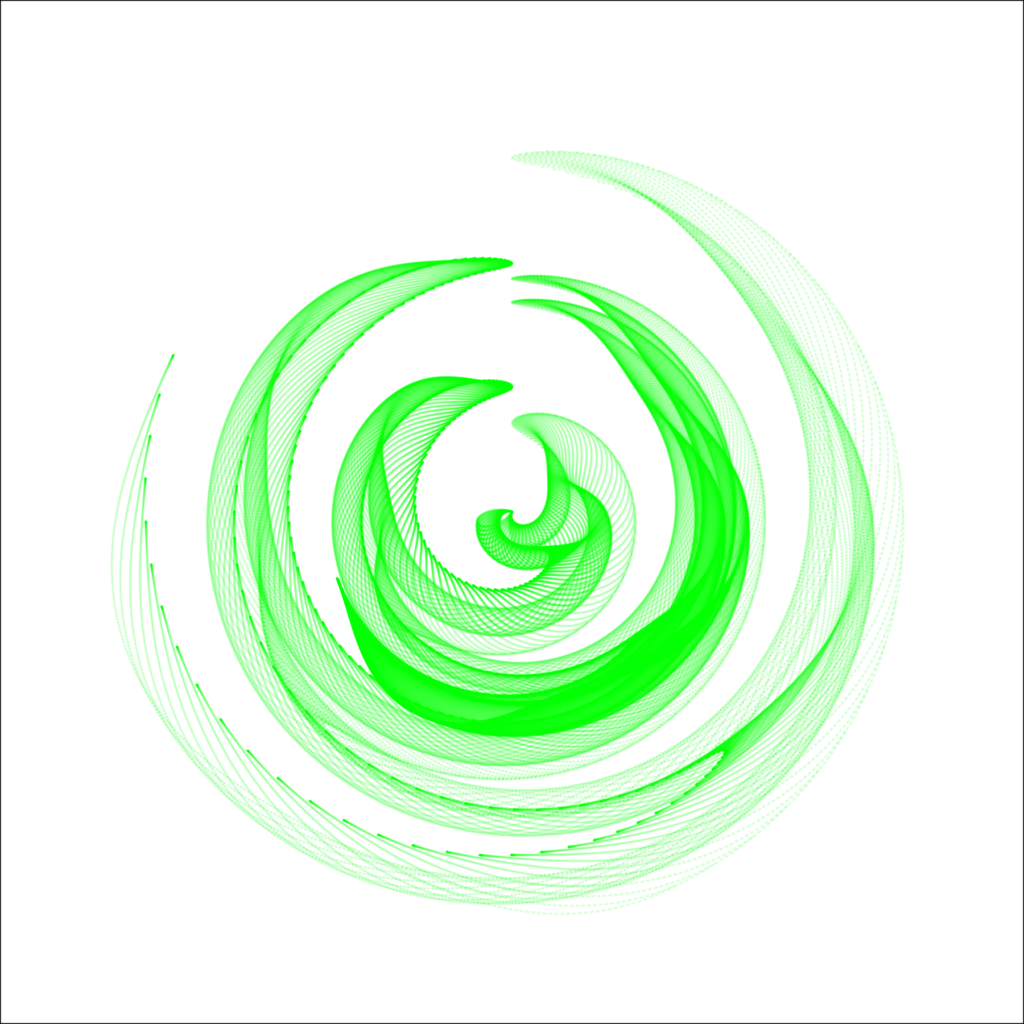The thesis a chose is from Heli Juuti, alumni of contemporary design from Aalto University in Finland. It is based in the research of sensory design and how to incorporate a sensory installation with marketing purposes for a dairy brand in Finland which would like to be enter the USA market.
The level of design and innovation is quite interesting, I´ve seen multiple brands, some of which the author refers to, like glossier, were the refer themselves as brand ecosystems, creating amazing shopping experiences, online and offline. I found amusing how marketing is connected to interactive design and how the perception of a brand changes entirely for a consumer based merely on the experience they had in their shops or websites.
It was such an interesting approach even doing a research trip to America with the purpose of finding more information an insight of how the experience in these stores is.
I appreciated the minimalist but colorful branding for this thesis and project it was such an easy and nice layout. The communication was formal but clear and concise, I liked the examples also how certain elements where remarked, like the contribution from interviewees, but there were come grammatical mistakes.
There was a lot of literature cited, from disciplines like psychology, marketing, and neuroscience.
